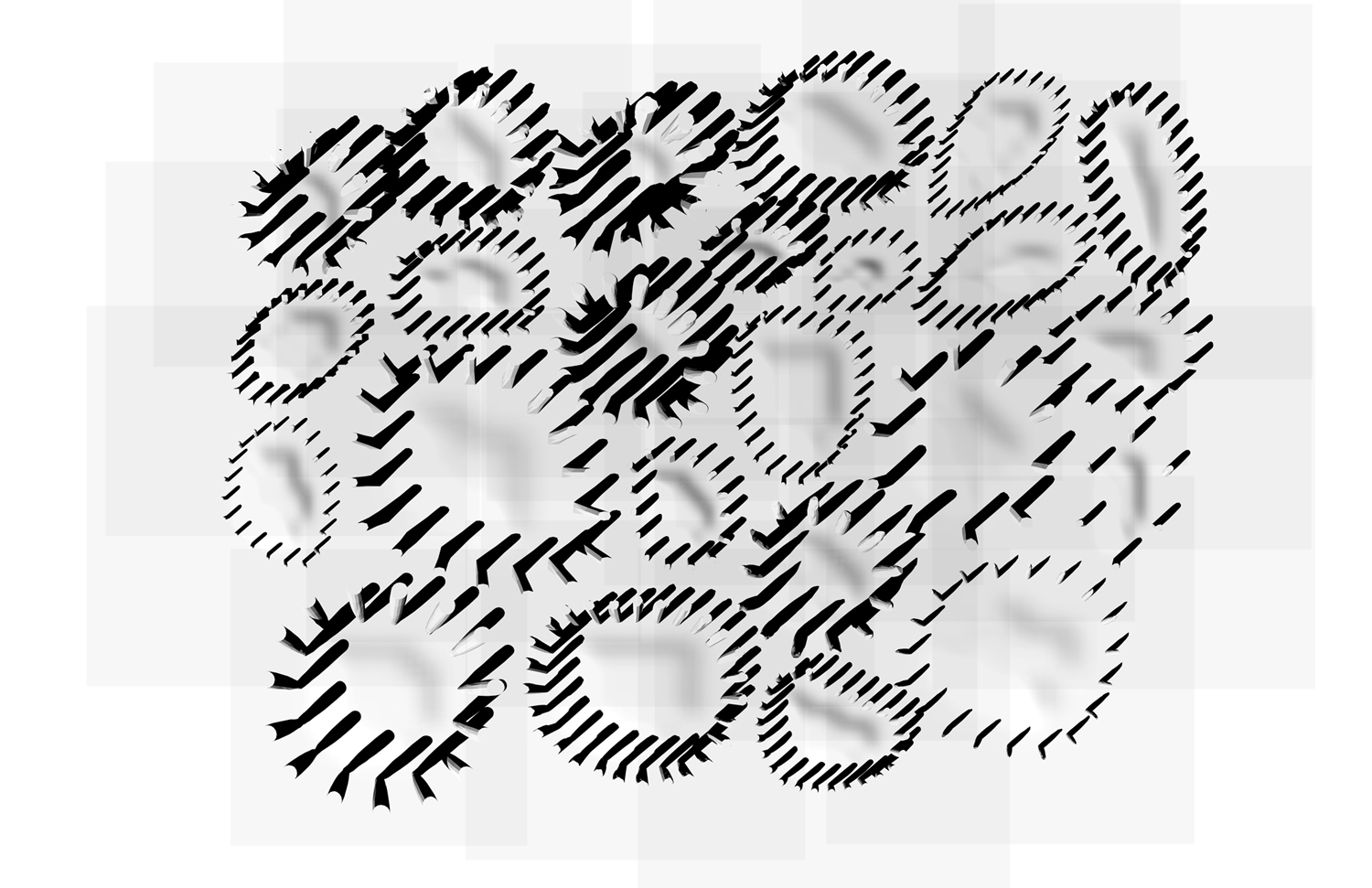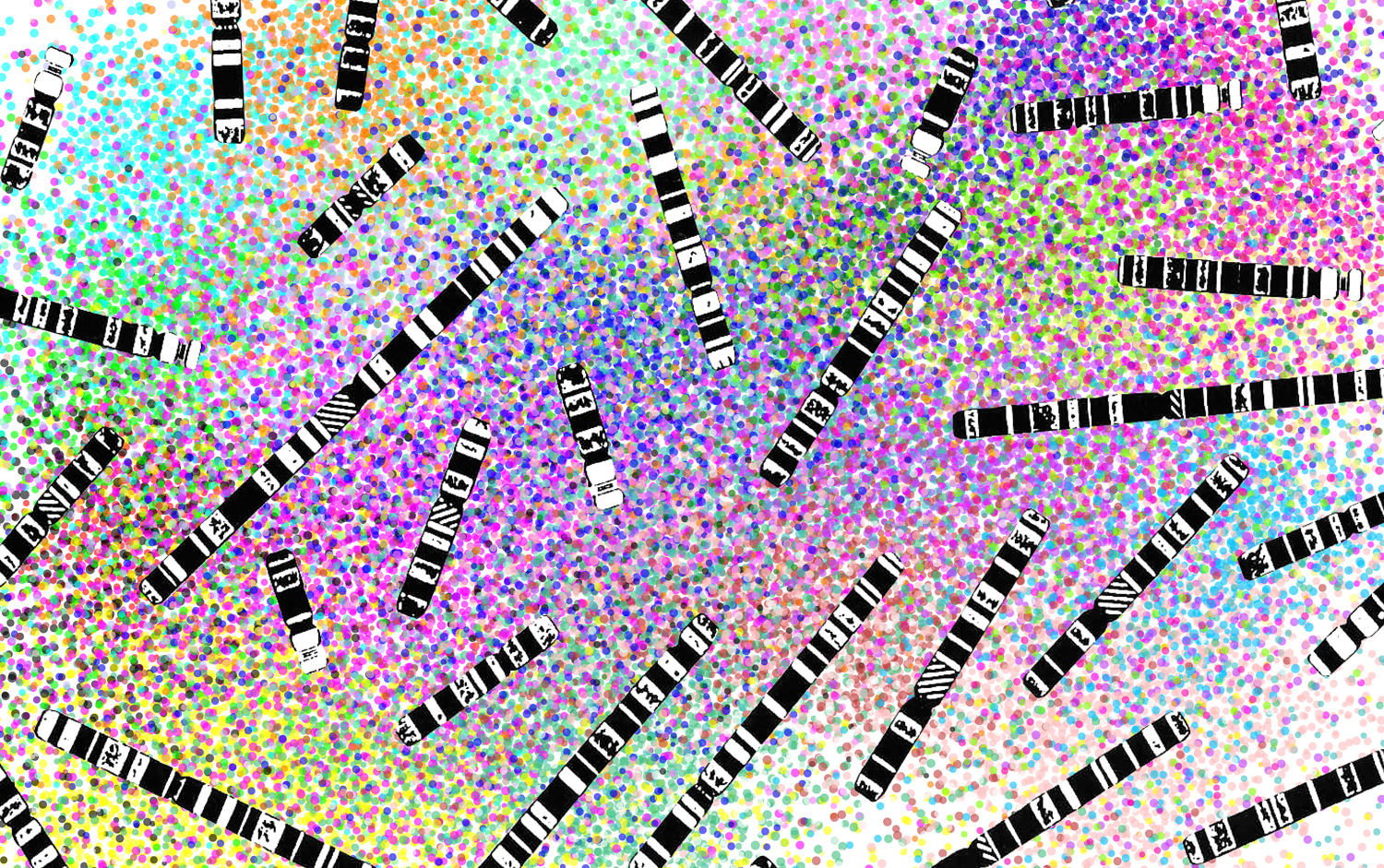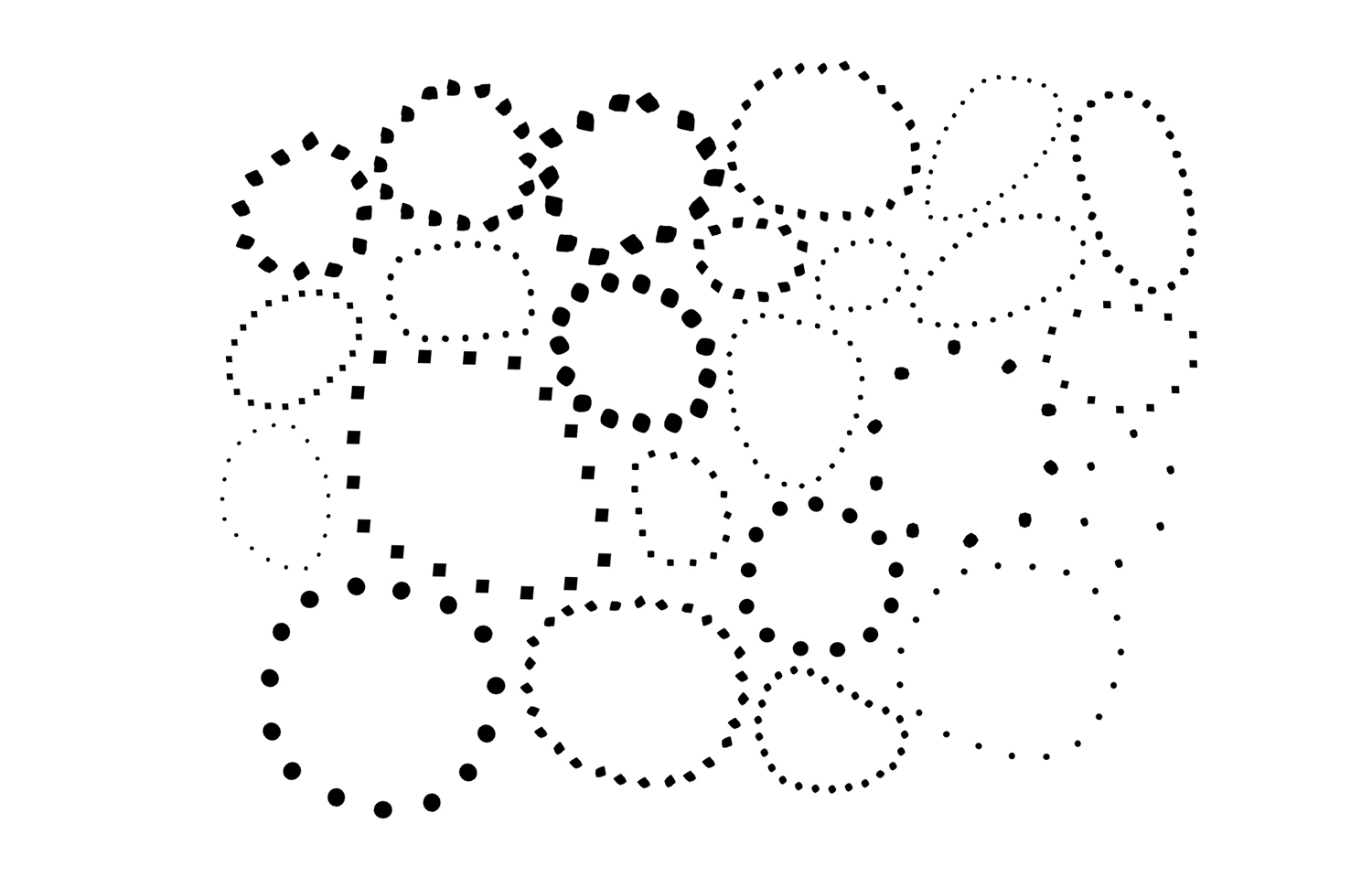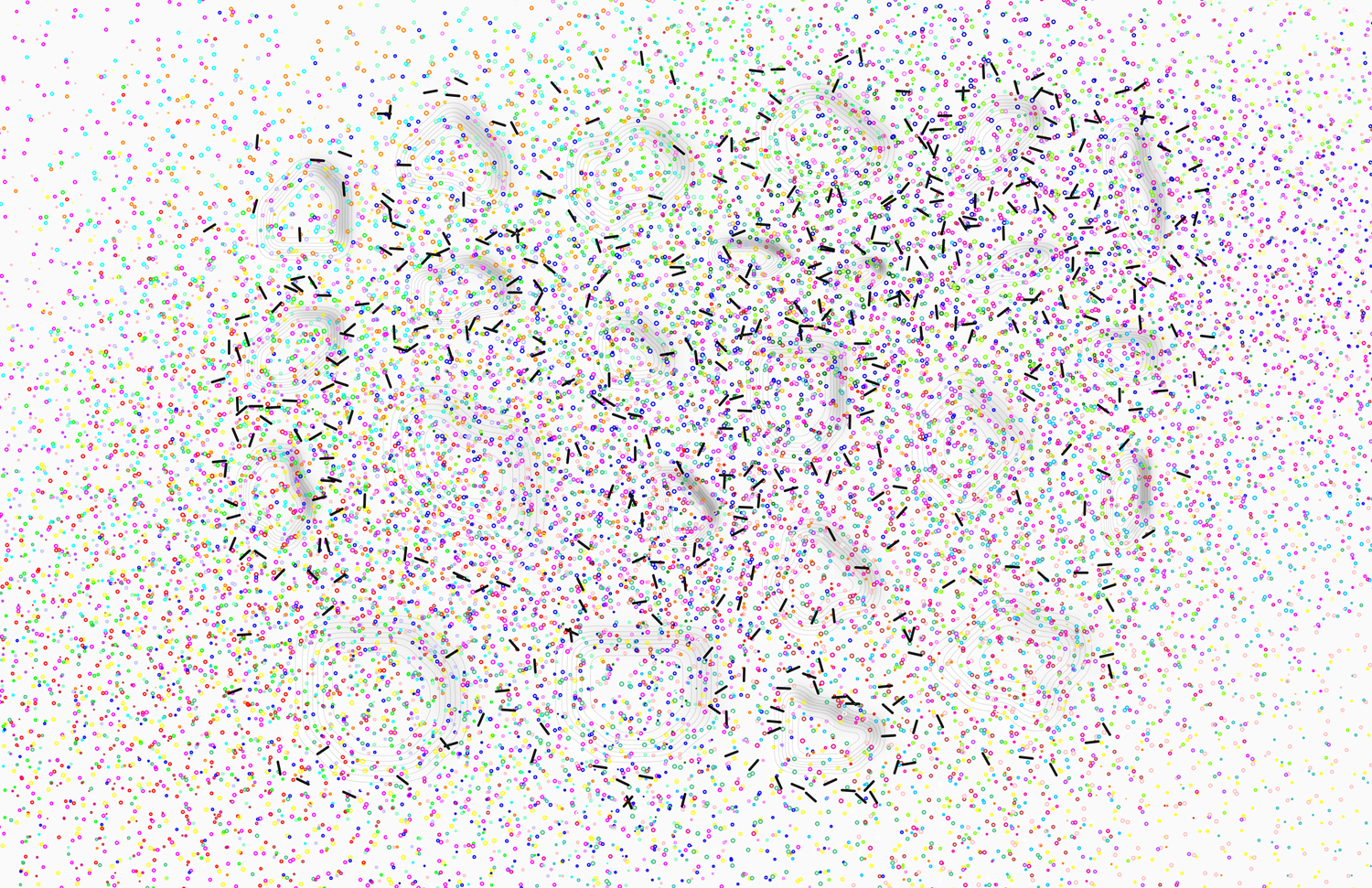Mausoleum of Humanity
The Human Genome Project (HGP) was an international research project completed in 2003 that identified and mapped all the genes of the human genome. While the final sequence of the human genome was made publicly available via online databases, this vital information does not have an actual visible or public physical presence.
As scientific research further develops, the human genome will eventually become artificially manipulated and could even become unrecognized or destroyed. This Mausoleum of Humanity is a repository of our current genome: a time capsule that holds the 1.0 version as it stands today after millions of years of natural evolution and safeguards our memory before we alter it, perhaps irrevocably.
There are 24 chromosome pairs that constitute the genome of the human specie. This mausoleum comprises 24 outdoor rooms, each one defined by a ring of concrete rocks or menhirs standing in a wild flower meadow. Each menhir holds in its interior a metal capsule containing the sequence one of the 24 chromosome pairs of the human genome. All menhirs from each ring contain the same information, acting as redundant safeguards.
As the most basic human construction that can be found in different parts of the world, the menhir eliminates affiliations based on race, gender, nationality, religion, or politics. Since menhirs have little meaning, this mausoleum appears as an incomprehensible monument to the memory of humanity—much like any foreign mausoleum.
In the Mausoleum of Humanity, the most basic information (human genome) is decoded by the most advanced technology (DNA sequencing) and becomes embedded in the most primitive human construction (menhir).
Project Data
Speculative project
2018
Designers
Sergio Lopez-Pineiro
Tammy Teng
Seok Min Yeo
































































